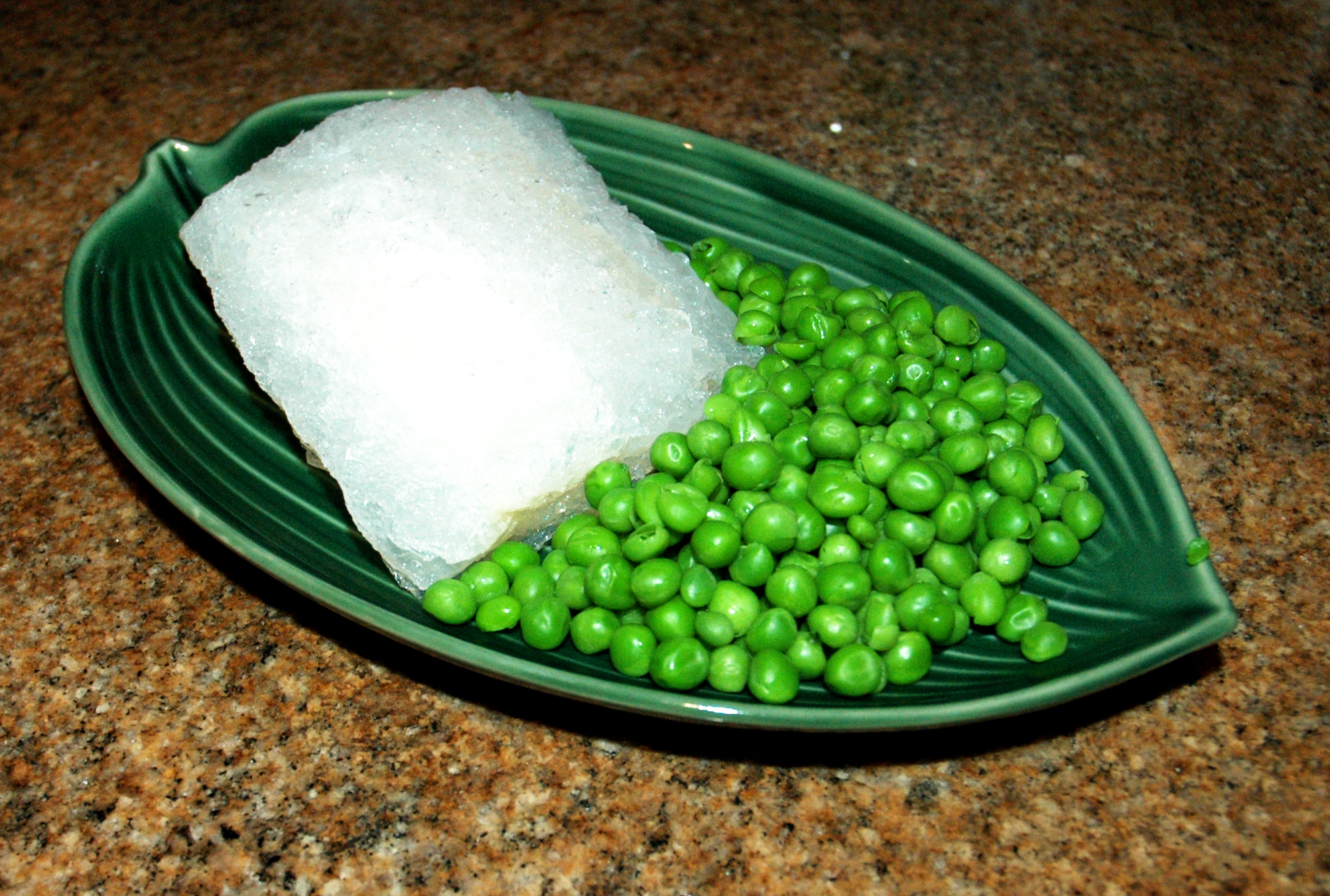Imagine that, for some unfathomable reason, you tried to make codfish jello, but it didn’t come out quite right.
That’s lutefisk.
The good news ““ the only good news here ““ is that your job is easy: Just buy it from a fish market, stick in the oven and, well, enjoy isn’t really the right word.
What makes lutefisk interesting, what makes it extreme, is the process that makes it lutefisk. You start with dried whitefish, generally cod, and soak it for five to six days in cold water.
Then, for the next two days, you soak it in lye, which raises the fish’s pH to 11-12, making it caustic.
You have to soak it in cold water for another five to six days just to make it edible again ““ of course, we’re using the term “edible” loosely here.
Lutefisk used to be a popular meal in Norway, Finland and Sweden, until the invention of refrigeration provided a more palatable alternative for keeping food fresh. These days, most Norwegians don’t even eat it during the holidays, although there is a town in Minnesota that calls itself the lutefisk capital of the world.
There is no reason to eat lutefisk, unless you are, say, writing a magazine piece about extreme food ““ it tastes awful, but it looks not nearly outrageous enough to impress your friends.
